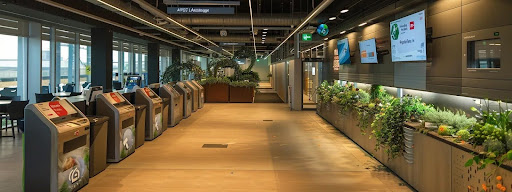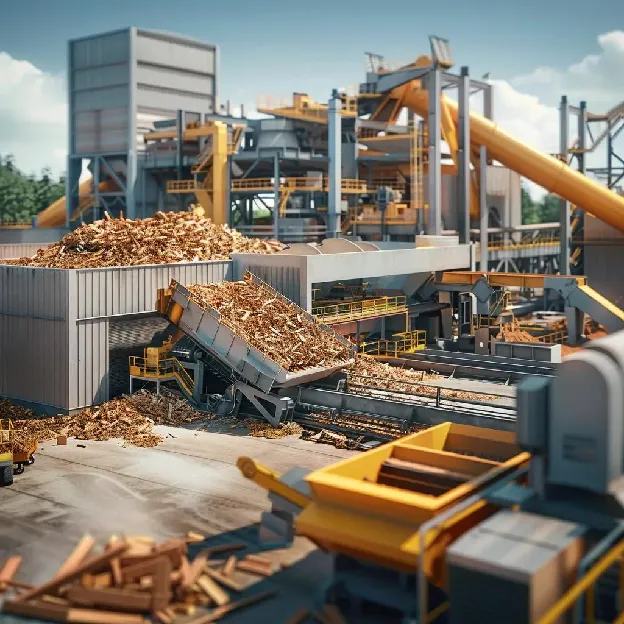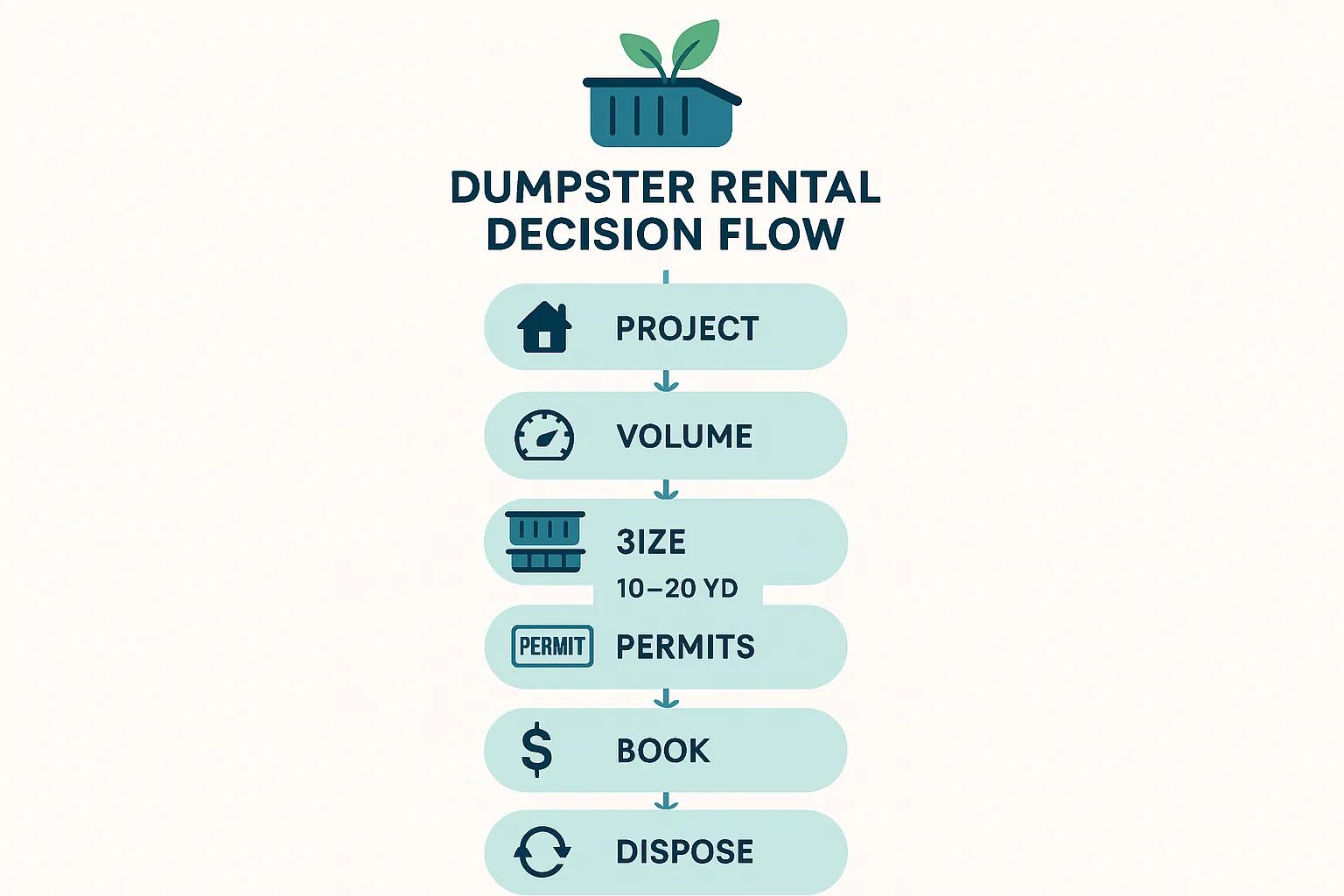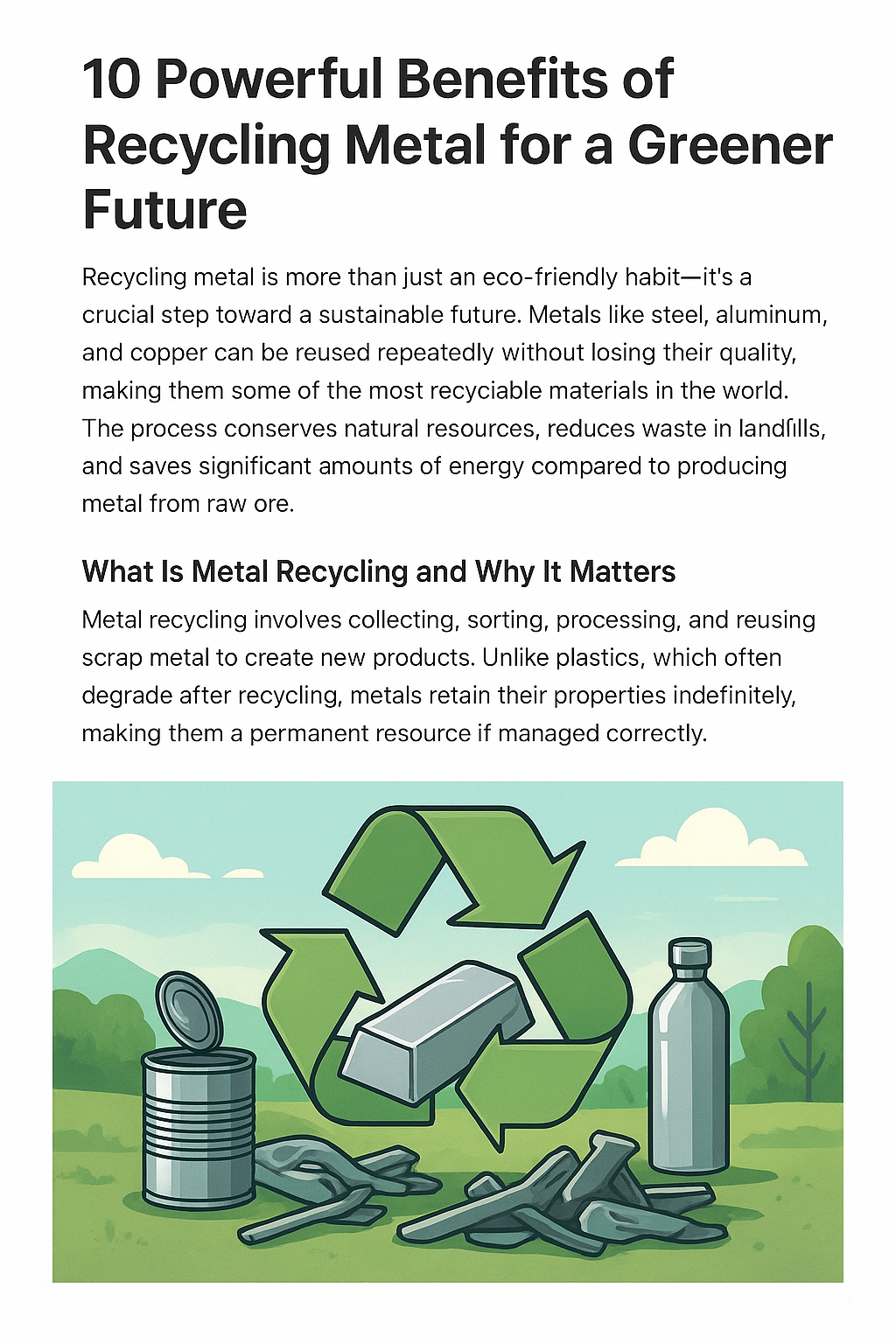
What if your business could transform its wood waste into revenue while slashing disposal fees and meeting sustainability targets? Rising landfill costs and stricter environmental regulations create urgent challenges for multi-location enterprises, facility managers, and procurement professionals. This article reveals the latest wood recycling technologies, outlines commercial benefits and key processes, explains biomass energy conversion, details construction and demolition practices, covers pallet recycling, and highlights emerging market trends. Discover how National Waste Associates integrates advanced machinery, AI sorting, and regulatory expertise to deliver sustainable wood waste solutions.

What Are the Latest Technologies in Wood Recycling?
Latest wood recycling technologies include advanced industrial shredders, precision grinders, and AI-driven sorting systems that streamline wood waste processing into reusable materials, boosting throughput and yield. These innovations reduce contamination, optimize particle size, and open new markets for recycled wood .
How Do Advanced Wood Shredders and Grinders Improve Recycling Efficiency?
Advanced wood shredders and grinders enhance recycling efficiency by rapidly reducing large wood debris into uniform particles, optimizing downstream separation and material consistency. Industrial-scale shredders break pallets and C&D lumber into 2–6 inch chips, while high-torque grinders refine chips into ¼ inch particles for pelletizing or mulch. wood recycling
| Equipment | Attribute | Value |
|---|---|---|
| Industrial Shredder | Throughput | 10–50 tons/hour |
| Precision Grinder | Particle Size Range | 0.25–1 inch |
| Combined System | Energy Efficiency Gain | Up to 20 % lower energy use |
These machines deliver consistent feedstock for sorting and pelletizing, reducing manual labor and boosting operational uptime.
What Role Do AI-Powered Sorting Systems Play in Wood Waste Processing?
AI-powered sorting systems revolutionize wood waste processing by using computer vision and machine learning to identify wood grades and detect contaminants in real time. They employ high-resolution cameras and spectral sensors to classify untreated lumber, painted wood, and composites .
Key applications include:
- Automated separation of clean wood from painted or treated boards
- Real-time detection of metals, plastics, and adhesives
- Dynamic routing of sorted streams to appropriate processing lines
By improving purity and yield, AI sorting reduces downstream processing costs and enhances the quality of recycled products.
How Is Contaminant Removal Enhanced in Modern Wood Recycling?
Contaminant removal in modern wood recycling integrates magnetic separators, air classifiers, and optical sorters to eliminate nails, screws, metals, and synthetic materials, ensuring high-purity recycled wood. wood recycling .
Primary removal stages:
- Magnetic Separation – Extracts ferrous metals from shredded wood
- Air Classification – Uses airflow to remove lightweight plastics and paper
- Optical Sorting – Cameras and lasers detect and divert non-wood fragments
This multi-stage approach guarantees clean feedstock for pellet mills and panel board manufacturers, boosting end-product integrity.
How Can Businesses Benefit from Commercial Wood Waste Management?
Commercial wood waste management delivers financial and environmental benefits by reducing disposal costs, minimizing landfill fees, and supporting sustainability goals through circular economy practices. Companies achieve cost savings, regulatory compliance, and enhanced brand reputation .
What Cost Savings Result from Implementing Wood Recycling Programs?
Implementing wood recycling programs can reduce disposal expenses by up to 50 percent through landfill diversion and resale of wood byproducts. wood recycling for the construction industry
Key savings areas:
- Avoided landfill tipping fees
- Revenue from sale of wood chips and pellets
- Reduced haulage costs via on-site shredding
These combined savings improve the bottom line and free capital for core operations .
How Does Wood Recycling Support Environmental Sustainability and Compliance?
Wood recycling supports environmental sustainability and compliance by conserving forests, cutting CO₂ emissions, and meeting waste-reduction mandates. Diverting wood from landfills prevents methane generation and aligns with zero-waste initiatives. Aligning with regulations such as RCRA and state environmental codes, businesses demonstrate stewardship and avoid fines. Wood recycling
Which Industries Generate the Most Commercial Wood Waste?
Key industries that generate the most commercial wood waste include construction, manufacturing, retail distribution, and hospitality sectors , each producing distinct wood debris streams.
Major wood waste sources:
- Construction – Untreated lumber, pallets, formwork
- Manufacturing – Wooden crates, skid boards
- Retail & Warehouses – Shipping pallets and crates
- Foodservice & Hospitality – Pallets from supply deliveries
Understanding these sources guides tailored recycling strategies .
What Are the Key Processes in Advanced Wood Recycling?
Advanced wood recycling processes encompass collection, grading, size reduction, contaminant removal, and conversion into new materials. Each stage maximizes material value and supports circular resource flows. Wood recycling for the construction industry .
How Is Wood Waste Collected and Sorted by Grade?
Wood waste collection and sorting by grade involves categorizing wood into untreated, painted, and engineered classes for optimized recycling streams, reducing contamination and improving product quality .
- Grade A – Clean, untreated lumber
- Grade B – Painted or stained boards
- Grade C – Engineered wood and composites
Proper sorting at source enhances downstream processing efficiency and end-use applications .
What Are the Techniques for Wood Shredding, Grinding, and Pelletizing?
Shredding, grinding, and pelletizing techniques convert wood debris into uniform chips and densified pellets through mechanical size reduction and compaction, increasing fuel density and transport efficiency.
| Technique | Attribute | Benefit |
|---|---|---|
| Shredding | Chip Size | 2–6 inches for mulch |
| Grinding | Particle Uniformity | ⅛–¼ inch for pellet feed |
| Pelletizing | Density Enhancement | 600–900 kg/m³ energy fuel |
These processes produce market-ready fuels and raw materials for panel board fabrication .
How Are Wood Waste Products Repurposed into New Materials?
Repurposed wood waste products include mulch, animal bedding, biomass fuel, and engineered wood, each leveraging distinct processing pathways to meet market demands. wood recycling
Common end products:
- Landscaping mulch and compost
- Animal bedding and litter
- Biomass pellets and briquettes
- Particleboard and fiberboard
Diversified end markets ensure stable revenue streams and resource efficiency .
How Does Wood Waste Convert into Renewable Biomass Energy?
Wood waste converts into renewable biomass energy through thermochemical processes like combustion, gasification, and pyrolysis, generating heat and electricity with lower carbon footprints. These methods transform residual wood into high-value energy carriers .
What Technologies Enable Wood Waste to Bioenergy Conversion?
Technologies for wood waste to bioenergy conversion include:
- Combustion – Direct burning for heat and power generation
- Gasification – Partial oxidation producing syngas for turbines
- Pyrolysis – Thermal decomposition yielding bio-oil and char
Each method optimizes energy output based on feedstock characteristics .
Which Types of Wood Waste Are Suitable for Biomass Fuel?
Suitable wood waste grades for biomass fuel include low-grade C&D debris and untreated pallets, offering consistent calorific values and low ash content. For further insights, visit our blog on wood recycling .
Feedstock examples:
- Demolition scrap – Mixed softwood and hardwood
- Pallet offcuts – Clean, untreated pine or oak
- Planer shavings – Fine wood residues
Matching feedstock to conversion technology maximizes efficiency .
What Are the Environmental and Economic Benefits of Biomass Energy?
Biomass energy from wood waste reduces greenhouse gas emissions by replacing fossil fuels and diverts waste from landfills, conserving landfill space. Economically, it stabilizes energy costs and generates new revenue streams through renewable energy credits.
Benefits of Biomass Energy
Biomass energy derived from wood waste offers environmental and economic advantages, including a reduction in greenhouse gas emissions by substituting fossil fuels and the creation of new revenue streams through renewable energy credits. This approach also helps in diverting waste from landfills, thus conserving valuable space. wood recycling for the construction industry .
International Energy Agency, “Biomass for Power and Heat” (2022)
This citation supports the article’s discussion on the economic benefits of biomass energy.
How Does National Waste Associates Facilitate Wood Waste to Energy Solutions?
National Waste Associates facilitates wood waste to energy solutions by providing end-to-end collection, processing , and logistics for biomass energy plants across the country.
Our services include:
- On-site wood waste pickup and consolidation
- Precision grinding for gasifier feedstock
- Delivery of uniform chips to power facilities
Partnering with NWA ensures reliable feedstock quality and uninterrupted biomass operations .
What Are the Best Practices for Construction and Demolition (C&D) Wood Recycling?
Best practices for C&D wood recycling prioritize on-site separation, off-site processing, and regulatory compliance to maximize material recovery from demolition and construction debris. This approach minimizes contamination and adds value .
How Significant Is Wood Waste in the C&D Waste Stream?
Wood comprises up to 40 percent of C&D waste streams, representing a significant opportunity for diversion and material recovery.
Wood Waste in C&D Waste Streams
Wood waste constitutes a significant portion of construction and demolition (C&D) debris, often comprising up to 40% of the total waste stream. This high percentage underscores the potential for increased material recovery and diversion from landfills through specialized recycling workflows .
U.S. Environmental Protection Agency, “Construction and Demolition Debris”
This citation supports the article’s claim about the significant amount of wood waste in C&D streams. wood waste .
Waste composition:
- Wood: 35–40 percent
- Concrete and masonry: 30–35 percent
- Metals: 10–15 percent
High wood content underscores the impact of specialized recycling workflows.
What Are the Differences Between On-site and Off-site C&D Wood Recycling?
On-site C&D wood recycling maintains debris separation at demolition locations, while off-site processing centralizes sorting and treatment, each offering unique efficiency and cost advantages. construction demolition recycling
Key distinctions:
- On-site – Immediate separation, lower transport of contaminants
- Off-site – Advanced machinery, bulk processing efficiencies
Choosing the right model depends on project scale and logistics .
How Do Regulations Impact C&D Wood Waste Management?
C&D wood waste management is governed by local and federal regulations requiring tracking, reporting, and contaminant limits to ensure environmental compliance and landfill diversion.
| Regulation | Requirement | Impact |
|---|---|---|
| RCRA Subtitle D | Waste characterization | Accurate manifesting |
| State C&D Mandates | Minimum diversion targets | Penalties for non-compliance |
| EPA Guidelines | Best management practices (BMP) | Standardized process controls |
Compliance avoids fines and enhances corporate sustainability credentials.
What End Products Result from C&D Wood Recycling?
C&D wood recycled end products include engineered wood panels, landscaping mulch, biomass chips, and recovered lumber, each derived from specific processing streams. More information can be found here .
Primary products:
- Engineered fiberboard and OSB
- Decorative and functional mulch
- Biomass fuel pellets
- Reclaimed dimensional lumber
These markets drive demand for quality-sorted wood fractions .
Why Is Pallet Recycling Important for Businesses and How Is It Done?
Pallet recycling reduces operational costs and supply chain waste by refurbishing or repurposing wooden pallets into new products, supporting circular logistics and resource efficiency. Businesses gain savings and sustainability credentials.
What Are the Methods for Pallet Collection and Processing?
Pallet collection and processing methods involve:
- Scheduled onsite pickups using dedicated containers
- Manual deconstruction of salvageable boards
- Chipping of non-repairable wood for mulch or fuel
- Heat-treating for pest eradication
These steps extend pallet life and maximize resource recovery .
How Are Recycled Pallets Repurposed into New Products?
Recycled pallets are repurposed into animal bedding, boiler fuel, and new pallets through grading, planing, and kiln-drying. Each reuse pathway adds value: construction recycling
- Animal bedding – Softwood shavings free of contaminants
- Boiler fuel – High-energy chips for industrial boilers
- New pallets – Rebuilt to industry specifications
Diversified repurposing channels enhance ROI on wood waste .
How Can Businesses Implement Cost-Effective Pallet Recycling Programs?
Businesses implement cost-effective pallet recycling programs by partnering with experienced waste managers, scheduling regular collections, and tracking pallet inventory for reuse cycles. cost-effective solution for businesses .
Best practices:
- Establish return-for-credit agreements
- Monitor pallet condition with barcoding
- Integrate pallet reuse into SCM platforms
Such programs reduce procurement costs and landfill fees .
What Are the Emerging Trends and Market Insights in Wood Recycling Technologies?
Emerging trends in wood recycling technologies include integration of circular economy models, automation in material handling, and expansion of biomass energy markets driven by stringent sustainability mandates. Industry growth is robust and data-driven.
How Is the Global Wood Recycling Market Projected to Grow?
Global Wood Recycling Market Growth
The global wood recycling market is experiencing substantial growth, with projections indicating it will reach USD 15.4 billion by 2030, demonstrating a compound annual growth rate (CAGR) of 6.8%. This expansion is driven by environmental regulations and the increasing demand for recycled materials, highlighting the growing opportunities in advanced recycling infrastructure.
Grand View Research, “Wood Recycling Market Analysis Report By Source (Construction & Demolition, Industrial), By Product, By Region, And Segment Forecasts, 2023 - 2030” (2023)
This citation supports the article’s claims about the projected growth of the wood recycling market.
What Role Does the Circular Economy Play in Wood Waste Solutions?
Circular economy frameworks in wood waste solutions prioritize resource loops, enabling businesses to recover value from end-of-life wood through reuse, remanufacturing, and recycling pathways . Companies that embed circular principles reduce reliance on virgin timber and enhance brand differentiation.
How Are Businesses Leveraging Wood Recycling for Competitive Advantage?
Businesses leverage wood recycling for competitive advantage by reducing material costs, enhancing brand reputation, and unlocking new revenue streams from byproducts. Integrating wood recycling into corporate sustainability strategies delivers measurable ROI and stakeholder trust.
National Waste Associates combines deep industry expertise with cutting-edge technologies to help multi-location businesses transform wood waste into valuable resources. Our integrated solutions—from high-capacity shredding and AI sorting to biomass energy logistics—ensure compliant, cost-effective operations. By partnering with NWA, facility managers and procurement professionals gain a trusted advisor for sustainable wood waste solutions that drive financial and environmental performance. Contact National Waste Associates at nationalwaste.com to explore customized wood recycling services today.



